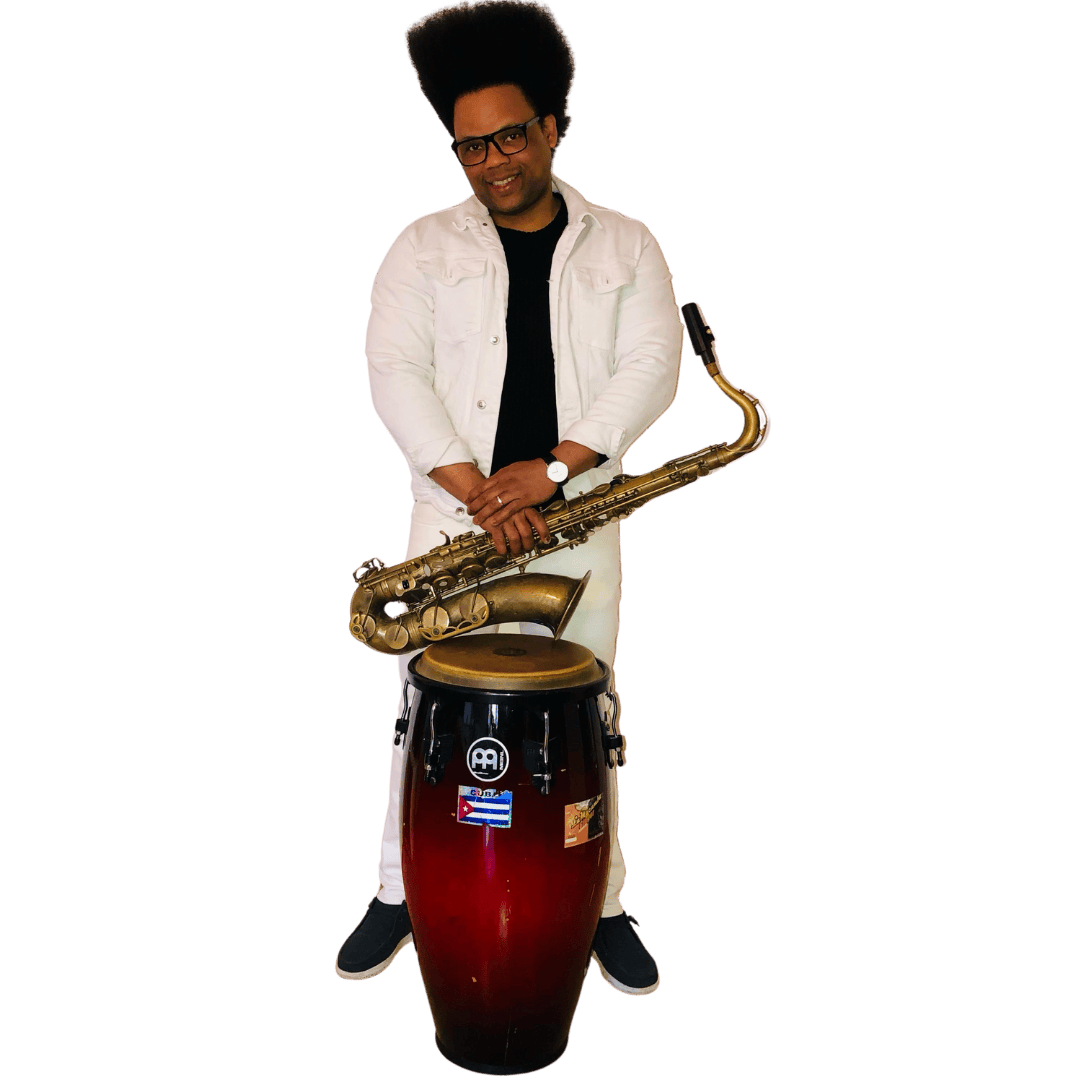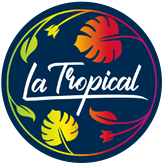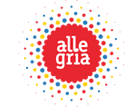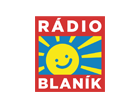Cuban Rumba
Solo dance courses

RUMBA
Cuban rumba is a traditional Cuban dance and musical style that originated in Afro-Cuban communities in Cuba in the late 19th century. This dance is very rhythmic, energetic and often represents interaction between a man and a woman in the form of seduction and flirting. There are strong African influences in Cuban rumba, which are particularly evident in the rhythms and dynamic movements.
-
3 200 CZK, we do not substitute lessons
-
10 lessons, 60 minutes, not held on public holidays
-
Lektoři
Dates
January 2026
-
Musicality - zk.hodinu - lze zakoupit pouze 1x
čtvrtek 20:00 h,15. 01. 2026 20:00 h,Přihlásit do kurzu -
About the course
Cuban rumba is divided into three main styles:
1. Guaguancó – This style is most often danced in pairs and represents a story of courtship, where the man pursues the woman. The characteristic element is the "vacunao," a movement by which the man symbolically expresses his interest in the woman, often in the form of a rapid pelvic movement or gesture towards his partner. The woman, however, defends herself against this "attack" and dances to ward it off. The dance is full of tension and playfulness.
2. Yambú – This style is slower and more elegant than guaguancó and is considered the oldest form of rumba. Yambú is sometimes referred to as the "dance of the elders," because its tempo is calmer and the dance movements are more gentle. The yambú does not use "vacunao," so the dance does not have the same level of provocation as guaguancó.
3. Columbia – Columbia is a solo style of rumba that is danced by a man. It is a fast, energetic dance full of acrobatic movements and expressive steps. The Columbia dance requires great skill, strength and agility as the dancer often improvises and synchronizes his movements with the rhythm of the drums. This style of rumba is often used to show off dancing skills and expresses strength and masculinity.
Characteristic elements of Cuban rumba:
• Rhythm and music: The musical basis of rumba is percussion instruments such as congas, bongos, clave and other traditional Cuban instruments. The rhythm is pulsating and adds dynamism to the dance.
• Body movements: Cuban rumba is full of isolated body movements, especially of the hips and torso, which adds a distinct sensuality and energy to the dance. It is important to work with the centre of gravity, which the dancers transfer through fluid and flexible movements.
• Emotion and expression: Cuban rumba is more than just a dance - it is an expression of emotion, playfulness and tension between the dancers. The dance often symbolizes a story of courtship and seduction.
Attendance is the client's interest. Failure to attend a class does not entitle the client to any compensation from La Tropical. Please read the general conditions, the course cannot be substituted or carried over to the next period.We reserve the right to change the tutor in case of illness or other emergency.
Instructions for courses
Please arrive at least 10 minutes before the start of the course..
What to wear:
What clothes to wear?
- Comfortable and light clothing.
- Sneakers or comfortable dance shoes. For girls, we recommend comfortable high-heeled dance shoes with ankle support and a grippy sole (heels are not necessary).
- Change of clothes and towel if you wish to shower at the academy.









